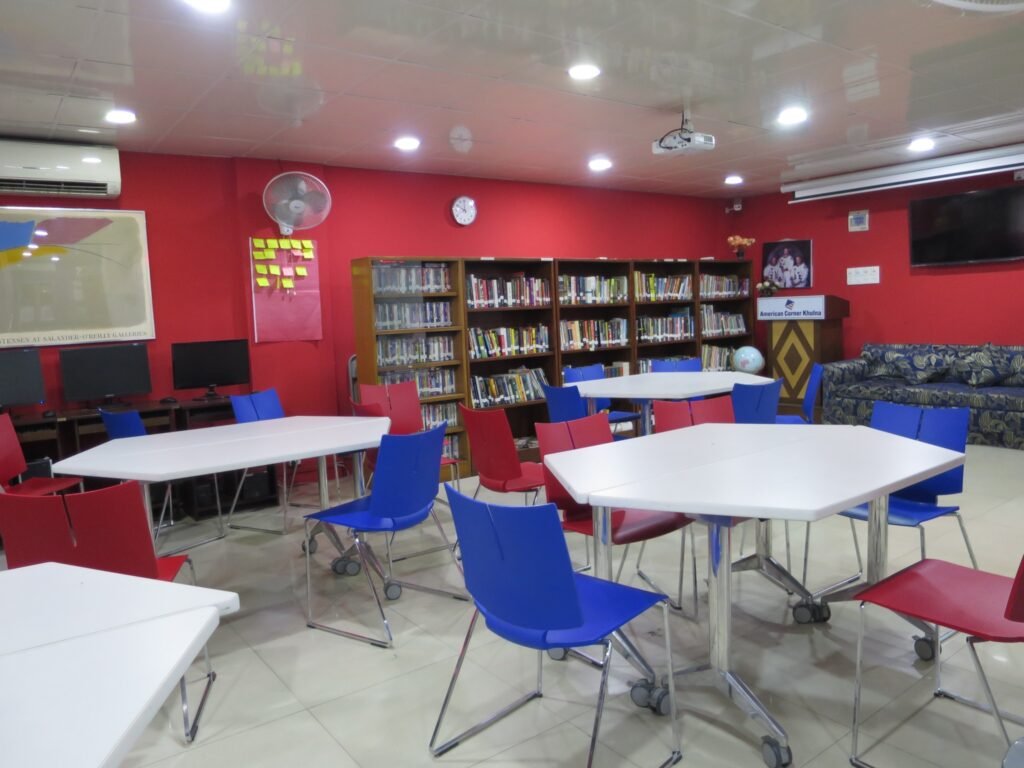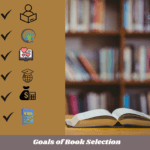The relationship that librarians develop with librarians, readers, writers, publishers, librarians, library materials, etc. is the public relations of the library. Before discussing ways to improve libraries through public relations, it is necessary to say a little about why libraries need public relations.

Requirements for public relations in libraries
- The main objective of a modern library is to ensure the acquisition of knowledge and access to information for all concerned. Since the main aim of the library is to fulfill the knowledge and information needs of the people, its main function is to establish relationships with the people at large. If the reader does not know the news from his library, and if the library does not keep the news from the reader, then the success of the library cannot be expected.
- The role of libraries is to link books and readers and to promote the use of books. For this work, we need to increase the readership, create interest in reading through innovative and interesting methods, and create new readers.
- The usefulness of libraries depends on reader creation and reader satisfaction. Library services should also be expanded by connecting the library with an understanding of the reader’s wishes, dislikes, needs, and likes and dislikes.
- Communication is very important to make the reader aware of their needs. There is a need for extensive promotion of the materials that the library is constantly collecting. The promotion program should be clear, individual, and purposeful.
The access tools used in the library are:
Libraries use a range of tools to make information easier to find and use for their users. Some common access tools used in libraries include:
Catalogs
- Online Public Access Catalog (OPAC): A digital database containing the library’s collection, allowing users to search for items by title, author, subject, keyword, and more.
- Card Catalog (historical): A physical filing system listing the bibliographic information of items in the library, now largely replaced by OPACs.
Databases and Indexes
- Library Databases: Subscription-based databases providing access to academic journals, newspapers, and other resources (e.g., JSTOR, ProQuest, EBSCOhost).
- Indexes: Tools that help locate articles in periodicals or books by subject, author, or title (e.g., Humanities Index, Social Sciences Citation Index).
Digital Repositories and Archives
- Institutional Repositories: Digital collections of an institution’s scholarly output, such as theses, dissertations, and faculty publications (e.g., DSpace, Digital Commons).
- Digital Archives: Collections of digitized historical documents, images, audio, and video (e.g., Europeana, Digital Public Library of America (DPLA)).
Discovery Tools
- Discovery Services: Integrated search platforms allowing users to search across multiple databases and catalogs simultaneously (e.g., EBSCO Discovery Service, Ex Libris Primo, WorldCat Discovery).
- Federated Search Engines: Tools providing a single search interface for multiple information sources, often used with library databases and catalogs.
Access Management Tools
- Library Management Systems (LMS): Software managing library operations, including cataloging, circulation, acquisitions, and user accounts (e.g., Ex Libris Alma, Koha, Sierra).
- Authentication Systems: Tools controlling access to library resources and ensuring only authorized users can access subscription-based services (e.g., OpenAthens, Shibboleth).
Physical Access Tools
- Self-Check Machines: Kiosks allowing patrons to check out and return books without staff assistance.
- Book Drops: Secure receptacles for patrons to return books outside of library hours.
- Reserve Shelves: Designated areas for high-demand items or course reserves.
Reference and Research Assistance
- Reference Desks: Staffed areas where patrons can get help with research and finding information.
- Research Guides: Online or printed guides providing curated information on specific subjects or topics (e.g., LibGuides created by Springshare).
Accessibility Tools
- Assistive Technologies: Tools and software helping patrons with disabilities access library resources (e.g., screen readers, magnification software, adaptive keyboards).
- Accessible Formats: Providing materials in accessible formats such as Braille, large print, and audio books.
By using these access tools, libraries can effectively serve their communities and ensure patrons can find and use the resources they need.

Ways of developing libraries through public relations:
- Dissemination of Information: Libraries can promote public relations by providing information to their users. Such as
- Current awareness services
- library news bulletins
- Display boards, etc.
- Regular Staff Meeting: Since the library is a service institution, how it will be run, its advantages, disadvantages, quality of service, etc., can be improved by organizing staff meetings and increasing public relations.
- Seminar / Symposium: Readers should be made aware of the library through a seminar or symposium. These news stories are published in newspapers and increase public relations.
- Organization of Competitions: Librarians can sometimes organize competitions on the occasion of various special days and encourage users by awarding prizes to the winners to increase public relations.
- Storytelling Sessions: Children’s storytelling sessions are sometimes organized to attract young children and adolescent readers to the library.
- Subject wise Book Display: By exhibiting books on related subjects on different days, readers can be attracted, thereby increasing public relations to a great extent.
- Digital Promotion: By using different social media, all the information and services of the library can be kept up-to-date. As a result, users can come to the library according to their time and needs.
- Annual publication: Through the annual publication, the library’s annual collection, annual events, number of users, opinions of users, etc. are known.
- Communication through mobile: If various information about the library is given to the library members and users through mobile calls or messages,. As a result, interest is created in them, and they are not lost in the communication medium.
If communication is increased and the collection is right, then it can undoubtedly be said that the library will become more popular day by day. So we can say that public relations plays an important role in the success of the library.



